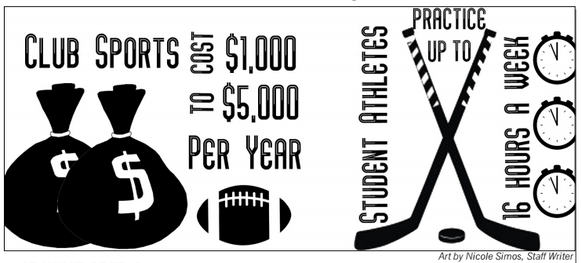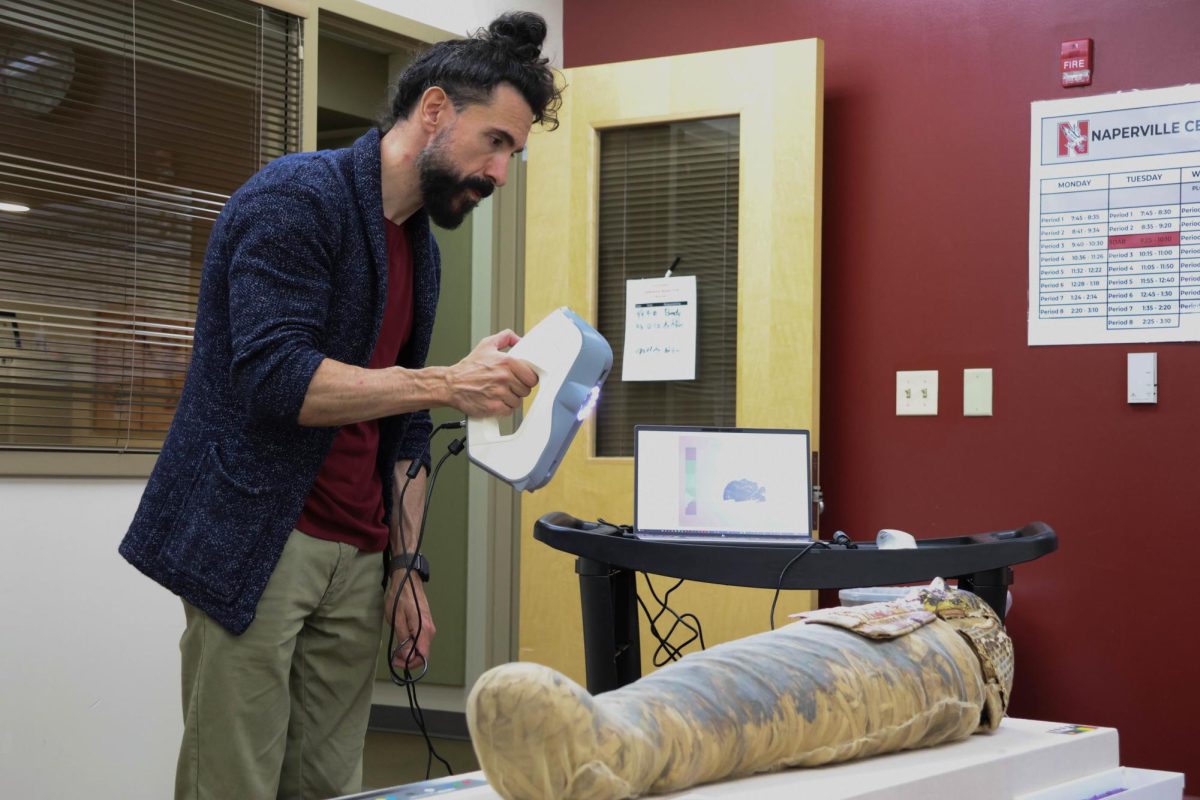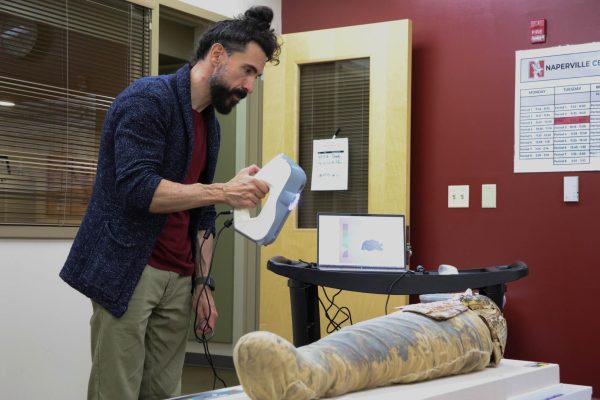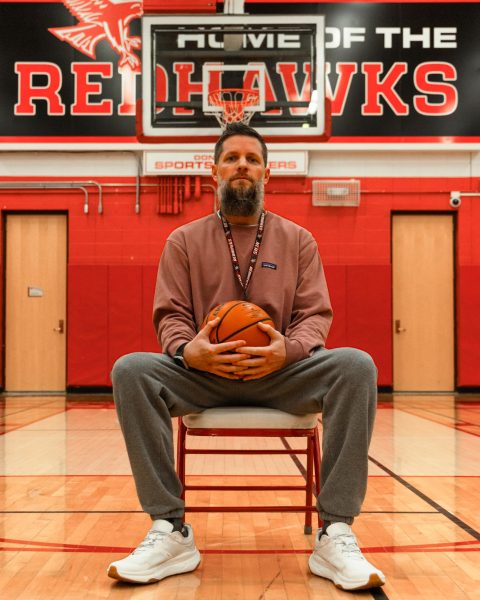The choice between club and school
March 2, 2015

We’re born into this world kicking and screaming. Somehow, that undeniable passion follows us through our years, and we grow up continuing to kick, scream and get skinned knees playing on the field. From football to soccer, kids pursue sports with a vigor only known to youth.
However, in the competitive dog-eat-dog environment we live in, there is always the question of the costs of the endeavor to rise to the top of one’s sport. With the option of playing in a club, high school team, or both, student athletes need to choose which option will benefit them the most. For many, the decision isn’t easy to make.
Varsity girls’ soccer Coach Ed Watson believes that high school teams rather than club teams can be more beneficial for collegiate recognition.
“It’s a fallacy to think that you need to play club or go solely with a club to be able to play collegiate level,” Watson said. “[…] For me personally, I am on the phone with college coaches all the time talking about our players. I know that I have been instrumental in many of our girls playing collegiate soccer. […] Some of [the club coaches] weren’t able to close the deal, and I was.”
Andrea Torcivia, a coach for the Naperville Soccer Association (NSA) and a 1992 Central alumna, thinks that clubs offer a better opportunity for an athlete to get college recognition.
“In [NSA] this year alone 12 female players received scholarships to various colleges, out of approximately 36 players,” said Torcivia.
This controversy puts pressure on many young athletes who want to be seen by as many colleges as possible. Caitlin Reice, a sophomore at Central on varsity soccer, is one of these students. Reice plays on the U16 Rockets team for the NSA and is one out of the four players on her team who have played high school soccer.
Reice enjoys both high school and travel soccer equally, but believes that college showcases are an important aspect of club teams that high school doesn’t offer; a possible explanation of why many of her teammates exclusively play club.
“There’s usually hundreds [of college coaches] at the showcases, but individual games vary,” Reice said. “It usually depends on who we’re playing… if we’re playing a better team, there will be more. I think the most we’ve had at one game is 62.”
Travel football is different than travel soccer, as college scouts do not attend travel football games. This eliminates the discussion over which format of playing gains more college recognition. However, a new issue crops up over how many sports colleges expect their football recruits to play.
“I hate that kids don’t play three sports in high school,” Pete Carroll, the Seattle Seahawks head coach said in an article on Steve Nash Youth Basketball Blog. “I think that they should play year-round and get every bit of it that they can through that experience.”
Head football coach at Central, Mike Stine, agrees with Carroll.
“We really try to push our kids to be involved in multiple sports,” Stine said. “We want our kids to wrestle, to play basketball, to play lacrosse, to run track, to play baseball.”
Central junior Emmanuel Rugamba takes heed of Carroll’s and Stine’s advice. A four- sport athlete since middle school, Rugamba has now narrowed down his focus to varsity basketball and football at Central, along with a travel 7v7 football league. He has received six offers already to play college football.
All of these commitments leave Rugamba with little free time.
Reice has the same problem. With six days of practice and games per week for high school soccer and college showcases for travel soccer, Reice has almost no time outside of her sport.
All of the pressure that comes from playing sports year -round raises another question for collegiate hopefuls: at what cost does this come?
When parents first enroll their pre-schoolers in park district sports, the cost is about $75 for registration every season. The cost only increases as the child gets older, as a soccer player may join a club team, travel every other weekend for showcases and pay for year-round tournaments. Over time, these costs multiply many times over, and soon sums of thousands of dollars will be shoveled out from Mom and Dad’s wallets to pay for their teen’s competitive sports.
Quinton Gabrielli, a junior at Central, plays volleyball and football exclusively for Central.
“There’s a lot of programs we can do to improve, like Acceleration and Boom football clubs,” Gabrielli said. “But those can be very expensive, too.”
Club teams usually cost around $1,000 to $2,000. Add on the extra few hundreds of dollars for actual travel costs, and you’ll be looking a large bill right in the face. The Naperville Patriots, a club football team, charges $500, which covers the cost of the program for one season.
Gabrielli has found his passion in football, favoring it over volleyball. However, there is only so far he can go with it due to circumstances out of his control.
“For football, [extra programs] are really expensive, which is the biggest reason why I don’t play club,” Gabrielli said. “There are a lot of things we can do here at school to get better, so I just take advantage of those things.”
For talented athletes like Gabrielli, the financial aspect of club sports can make or break the possibilities of their athletic career in the long run.
Despite all of these intense sacrifices and commitments to be made, many athletes continue to stick with their sport, truly out of the love for the game. For many, that reason alone makes all the struggles worth it.
“It’s definitely a lot of hard work, but at the end of the day, the fun and experiences you have with [your sports] definitely overpowers the hard work,” Rugamba said. “Sometimes there’s the bad and the ugly that comes from it, but it’s something that is definitely worth doing and I don’t have any regrets.”













